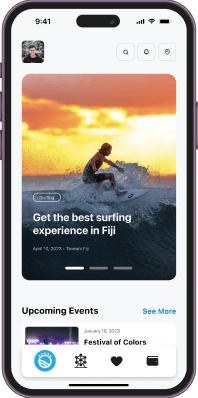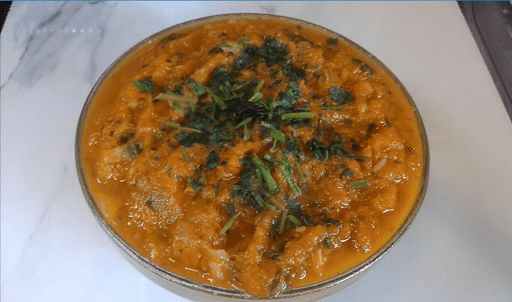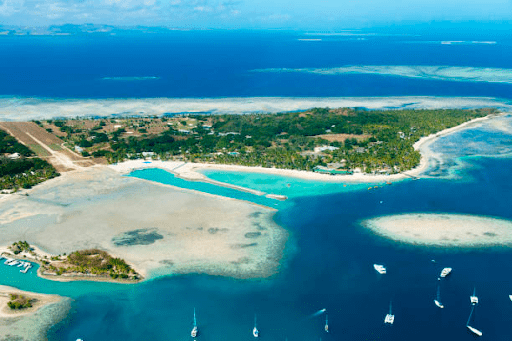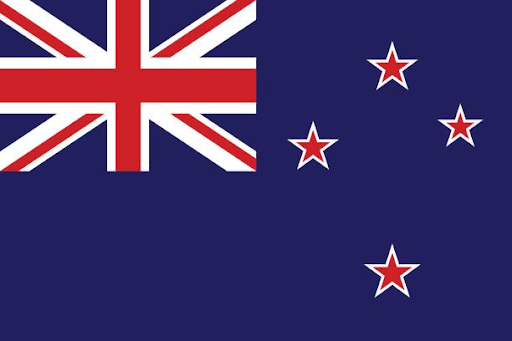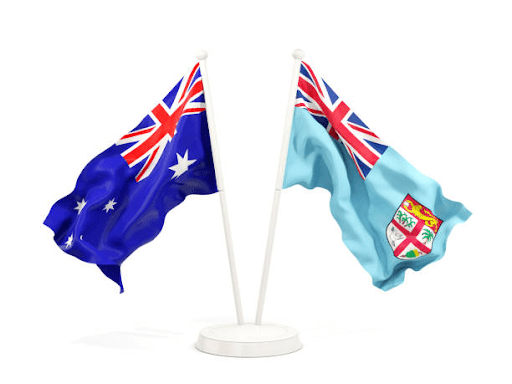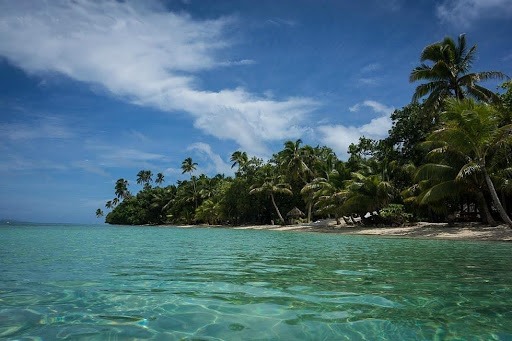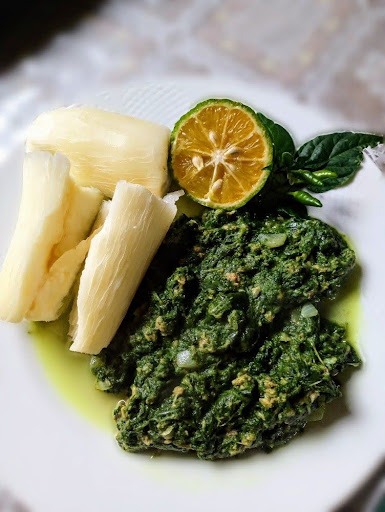Things you need to know about Viti Levu
Viti Levu is the largest island of Fiji, home to the capital city of Suva, and it’s also the port of entry for Fiji. The main airport is Nadi International Airport (NAN IATA) is the gateway to Fiji and handles almost all of the country’s international passenger traffic.
Nausori International Airport (Suva International Airport SUV IATA) is the secondary international airport in the country, with a smaller selection of airlines and destinations from other cities in Fiji and Oceania.
Majority of Fiji’s residents, about 75% of the population (around 600,000 people), live in Viti Levu. Thus, Viti Levu is deemed the mainland from a local’s perspective.
Viti Levu has an area of about 4,000 square miles (10,000 square km) and accounts for more than half of Fiji’s land area. Earthquakes and volcanic eruptions account for the somewhat rugged terrain of the island, which is divided into roughly equal halves by a mountain range that runs north to south.
A central mountain range splits the island with many inactive volcanoes. The highest mountain in Fiji, Mount Tomanivi (formerly Mount Victoria), at 1324m, is located on the east coast, surrounded by small villages.
Climate in Viti Levu
The climate varies significantly from east to west. The mountain range divides the island climatically into a wet southeastern section (120 inches [3,050 mm] of rain annually) and a dry northwestern section (70–90 inches (1,800–2,300 mm).
What are the regions in Viti Levu, Fiji?
- Nadi
- Denarau
- Coral Coast
- Pacific Harbour
- Suva
- Suncoast
- Mamanuca Islands
- Yasawa Islands
- Lomaiviti Islands
- Lau Islands
- Vanua Levu
- Taveuni
- Kadavu
About the popular regions in Viti Levu
With rainforest, peaks, offshore resorts, cane fields, spectacular sand dunes, and waterfalls, Viti Levu is an island of outstanding natural beauty.
Visitors to Fiji will no doubt arrive at Nadi International Airport, a farming and tourism center on the west coast of Viti Levu. The Nadi region has a higher concentration of hotels and motels than any other part of Fiji. Known for its amazing beaches, clear waters, palm trees, friendly and hospitable locals, relaxing atmosphere, Nadi is a must-visit destination for all visitors.
Lautoka, the second largest city and the second port of entry, is just 20 minutes away by car from Nadi. The dry, western side of the island, known locally as the `Burning West’, is the site of most tourist resorts and extensive sugarcane fields.
Suva, the largest city and capital of Fiji is located in the southeastern part. It’s also the cultural, business and government center of Fiji and it is the thriving commercial and diplomatic hub of the South Pacific and serves as the headquarters for several regional organizations. Its broad avenues are lined with grand colonial buildings and orderly parks left over from the British Empire.
Port Denarau is a very popular holiday destination. Located on the western side of the island, it serves as a major departure point for transfers and cruises to the other beautiful offshore tropical islands in Fiji. This coastal region is home to some of the most well known resorts in Fiji, not to mention a world-class 18-hole championship golf course and the finest retail experience in the islands. The Port Denarau shopping center features seven world-class restaurants,
The Coral Coast is another well-known tourist spot consisting of beautiful beaches, bays, sugarcane fields and lush vegetation along the southwest side of Viti Levu. You will find a number of large hotels and resorts that offer a variety of tours and activities. Also situated along a gorgeous stretch of coastline, Pacific Harbour is a lush and beautiful locale just south of the Coral Coast. Regarded as the “Adventure Capital of Fiji,’’ activities include zip lining through the rainforest, whitewater rafting and kayaking on the Navua River, surfing, horseback riding, hiking, deep-sea fishing, diving and snorkeling.
How to travel around Viti Levu, Fiji?
A single major road runs around the perimeter of Viti Levu. Most of this road is well maintained, especially the stretches between Sigatoka and Nadi, and Suva and Pacific Harbour, which make up a comparative superhighway.
With very few roads that cut across the centre of Viti Levu, Kings and Queens Roads are often the only way to get from one destination to another. Queens Road covers the southern coast from Suva to Lautoka; and Kings Rd which includes the northern coast, also from Suva to Lautoka. Queens Road is the shorter route to Suva (221 km) that takes about three hours to drive. The northern route, Kings Road is in poorer shape, longer (265 km) and certainly less traveled by tourists.
You could actually circle the entire island in a day but it would involve a lot of driving. It’s highly suggested that you spend at least 4 or 5 days driving leisurely around the island, stopping along the way to visit the points of interest. Just be careful of locals walking along the edge of the highway or stray livestock around the area.
Bus services are also frequent and reliable between the cities in Viti Levu. Just simply wave at the drive to hop on. However, do note that you are required to purchase a reloadable card to tap on to get onto the bus. The public transport card can be purchased at major bus terminals. If you would like to get off the bus, simply ring the bell and the driver will let you hop off the bus.
